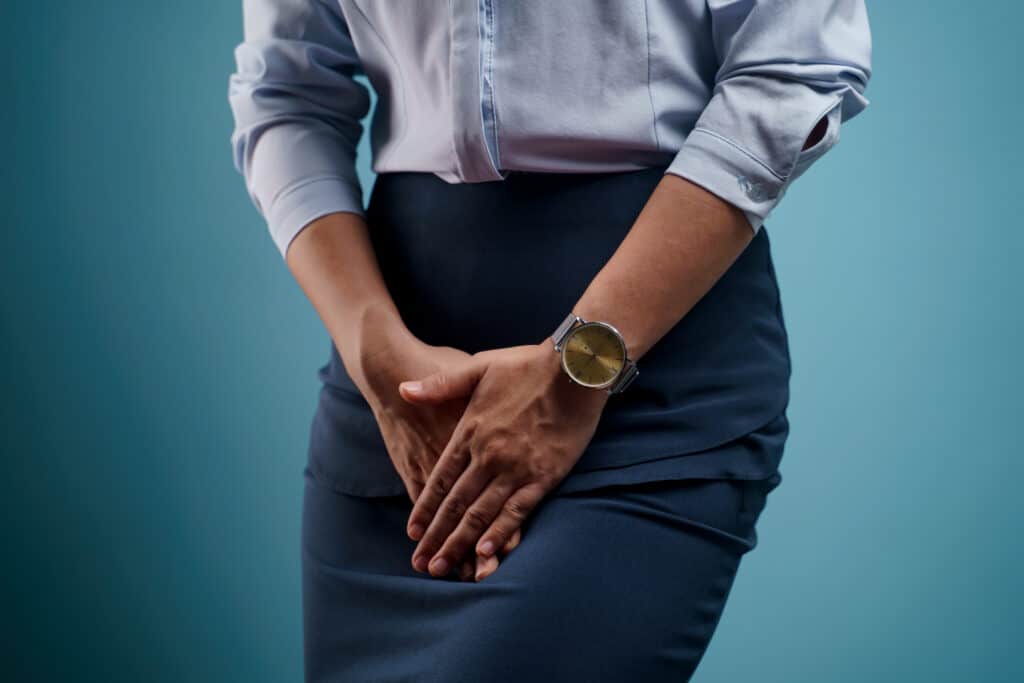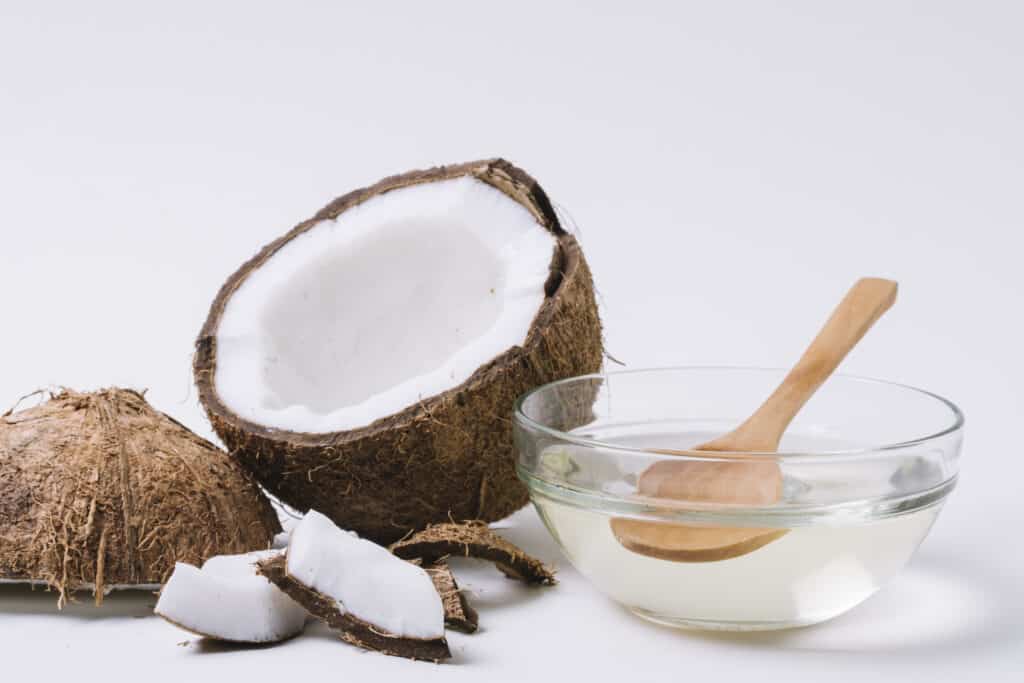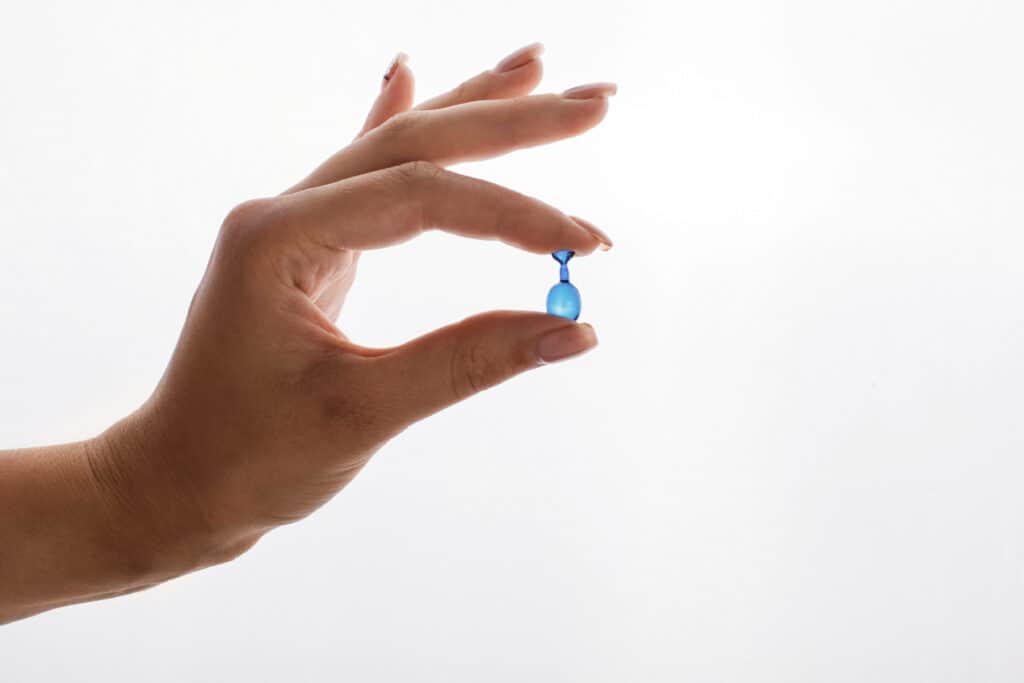8 Natural Ways to Heal Recurrent Bacterial Vaginosis
Bacterial vaginosis, BV, is one of the most common causes of vaginal infection in women of reproductive age. While it can cause some uncomfortable (and embarrassing) symptoms, BV is typically not life-threatening.
And contrary to what you may have heard, BV is not a sexually transmitted infection. However, it is more likely to appear in women with multiple sex partners and may increase sexually transmitted diseases.
If you suspect you might have BV, you may be looking for ways to help clear the infection naturally. A doctor best treats severe cases of BV, but you can do things in conjunction with your prescribed treatment to help alleviate the infection quicker.
What is Bacterial Vaginosis BV?
Bacterial vaginosis is a bacterial infection of the vagina. It occurs when there is a lot of anaerobic bacteria in the vagina. Bacterial vaginosis changes the normal balance of bacteria in the vagina.
Most infections are mild and will heal on their own in just a few days. If you see that the bacterial vaginosis is persistent in your case, followed by vaginal discharge and pain or itching, you need to contact your doctor as soon as possible.
Otherwise, if you leave the disbalances bacterial vaginosis induces untreated, this condition is likely to lead to more serious medical issues. Some of the health complications from BV are bleeding and contracting sexually transmitted infections, among others.
Bacterial vaginosis, BV, is the most common vaginal infection in women between 15 and 44.
Pregnant women can also develop BV, and the infection can cause complications. Some pregnant women that have BV are far more likely to have a preterm birth or a baby with low birth weight, usually under 5.5 pounds.
Here we will go over medically reviewed health information, home remedies, symptoms, and a possible treatment for the recurrent BV. However, it is crucial to seek medical help too. Your doctor may prescribe a course of antibiotics like oral metronidazole or recommend some over-the-counter products depending on your situation. With that said, here’s everything women need to know about bacterial vaginosis.
What Causes Bacterial Vaginosis?
Just like your gut, the vagina maintains a fine balance of “good” and “bad” bacteria. When harmful bacteria outnumber good bacteria, bacterial vaginosis can occur.
Doctors still don’t know what causes bacterial imbalances in the vagina, but certain things can put you at greater risk of developing BV, such as:
- Douching may cause an imbalance in the pH of the vagina
- Having multiple sex partners
- Eating too much sugary food
- Having recurrent yeast infections
- Wearing synthetic underwear
- Using latex condoms
While BV is most common in sexually active women, it can occur even if you have never had sexual intercourse.
Common Symptoms of Bacterial Vaginosis

About half of women who contract BV have no symptoms at all. Those that do have symptoms may experience:
- Gray or yellow discharge
- “Fishy” smelling vagina, particularly after sex
- Burning during urination
- Itching in the vaginal area
If you think you might have BV, your doctor will perform an exam to check for vaginal discharge. A sample of vaginal fluid will also be taken, which will be sent to a lab to determine if BV infection is present. The secretions are checked under a microscope, looking for “clue cells” that indicate bacterial vaginosis.
Complications of Bacterial Vaginosis
Bacterial vaginosis will sometimes clear on its own, but what happens if it’s left untreated?
BV can eventually lead to some serious medical issues, including:
- Premature delivery (if pregnant)
- A greater risk of contracting and spreading HIV
- Increased risk of contracting other sexually transmitted infections, such as gonorrhea and chlamydia.
In some cases, the bacteria can cause problems with the fallopian tubes or even Pelvic Inflammatory Disease (PID), making it impossible or very difficult to have children.
Conventional BV Treatments
Conventional treatment of BV typically includes some antibiotics like metronidazole to kill the harmful bacteria causing the imbalance.
Oral antibiotic treatment may be prescribed, or your doctor may give you ovules (or capsules) that you insert into your vagina. Pregnant women must take oral antibiotics.
If you’re hoping to get rid of BV fast, conventional treatments typically clear the infection in just two to three days, but the treatment will usually last about seven days. It’s essential to complete the entire treatment even if you start feeling better to eliminate all the bacterial vaginosis risk factors appearing again.
Antibiotics rarely cause side effects, but they may cause a vaginal yeast infection. A yeast infection can cause redness, itching, and abnormal discharge. In this case, your doctor may give you metronidazole gel instead. However, you should only take the treatment for as long as it was prescribed and not a day more because, although beneficial, metronidazole treatment is known to cause vaginal pH to go off.
How to Get Rid of BV Forever Naturally at Home – 8 Effective Ways

We know that BV discharge occurs because of an imbalance of bacteria and vaginal pH. Restoring the balance of good and bad bacteria will help cure the symptoms and stop the discharge.
There are several ways to help restore your vagina’s natural bacterial balance. The natural treatment products we describe should only be taken if the bacterial vaginosis is mild and happened for the first time. If the symptoms like discharge and foul smell become too much to handle, we urge you to make an appointment with your doctor.
Yogurt
One of the most popular home remedies for BV is yogurt. Yogurt contains live, good bacteria (lactobacillus acidophilus being the most effective) that helps restore the natural bacterial balance in the vagina.
You can use yogurt in a variety of ways to help get rid of BV. Eating yogurt is the simplest solution. Eating eight ounces of unflavored yogurt can help build up the population of good bacteria in your body.
Many women prefer to insert the yogurt into their vaginas. Plain yogurt can be inserted with clean fingers or by soaking a tampon in the yogurt and placing it in the canal.
How long does it take for yogurt to cure BV? It can take anywhere from a few days to a week or more for yogurt to restore the good bacteria in the vagina.
Hydrogen Peroxide
A natural disinfectant, hydrogen peroxide oxidizes the bad bacteria to help restore balance. The great thing about this remedy is that it requires something most people already have in their medicine cabinets.
For this remedy, you’ll need 3% peroxide.
- Mix equal parts peroxide and water.
- Soak a tampon in the solution.
- Insert into the vagina for 20-30 minutes.
Apple Cider Vinegar
Acidic in nature, apple cider vinegar (ACV) can help restore natural pH levels in the vagina. ACV is also antibacterial, so it can help kill the bad bacteria that are causing the infection.
One of the most popular ways to use this remedy is to:
- Add 1/2 cup of ACV to a warm bath.
- Soak in the bath for 30 minutes.
- Take a bath with ACV daily until the infection clears.
Tea Tree Oil
With natural antibacterial and antifungal properties, tea tree oil can be an effective remedy for BV.
The oil’s natural minty and lemony scent can also help mask the fishy smell commonly occurring with BV.
Taking a bath with tea tree oil is a great way to help clear the infection. You can also add warm water to a small bowl, add a few drops of the oil to the water, and rinse the vagina.
Fenugreek
Fenugreek has long been used as a remedy for feminine issues. This potent spice has been shown to strengthen the immune system and help restore the vagina’s natural pH levels.
You can take fenugreek orally in a capsule, or you can add the spice to your daily serving of yogurt.
Women with BV can steep fenugreek seeds in a cup of hot water for five to ten minutes. Strain out the seeds, add honey to taste, drink and enjoy. You can drink Fenugreek tea up to three times per day.
Garlic
Garlic is nature’s antibacterial, and it can help boost your immune system to fight bacterial vaginosis naturally. Like yogurt, there are a few ways to use garlic to remedy bacterial vaginosis BV.
A straightforward way is to wrap the garlic in gauze and insert it into your vagina for 30 minutes each day.
If you don’t like the idea of inserting garlic into one of the most sensitive areas of your body, you can also take garlic capsules or eat raw garlic. Raw garlic is a great immune booster and has medically reviewed antifungal properties.
Coconut Oil

If you have bacterial vaginosis symptoms but don’t want to make an appointment with your doctor right away, you can take care of it with products like coconut oil.
Same as garlic, this oil has natural antibacterial, antifungal, and antiviral properties. There are several ways to use coconut oil to help eliminate your bacterial vaginosis BV.
One way is to cook with the oil to help boost your immune system.
Another way is to soak a tampon in the oil and insert it into your vagina for 20-30 minutes. Be sure to rinse the area when you’re done and repeat once per day until the symptoms clear.
Data shows that using this oil and switching from synthetic to cotton underwear will, in many cases, clear the bacterial vaginosis in a few days.
Of course, if your symptoms do not clear up in two to three days or are severe, see your doctor right away. Antibiotics will take care of the infection quickly.
Boric Acid
Boric acid is one of the most effective products that has been medically reviewed for treating bacterial vaginosis. In its natural form, this acid comes in powder or crystal and is white or colorless. It has very potent antifungal and antiviral properties. Hence it is considered the best treatment of bacterial vaginosis, BV, at home.
You can buy it over the counter, and many people use it for pest control and removing odors from rooms or the fridge. To treat bacterial vaginosis, women put the acid in a gelatin capsule and insert it into the vagina. The content is slowly released, and the acid can start clearing the bacterial vaginosis.
Due to its properties, the acid is a common ingredient in many products like:
- astringents
- antiseptics
- medicated powders
- skin lotions
- eyewash solutions
According to data, a standard treatment for bacterial vaginosis, BV, typically results in a 70% to 80% cure rate after one month of treatment.
A study was conducted with women with bacterial vaginosis, BV, who were given 600 mg of boric acid as a capsule to insert into the vagina. The acid treatment is followed by antibiotic treatment. The results were astonishing. Participants who used the boric acid and the usual treatment had an 88 percent cure rate at seven weeks and a 92 percent cure rate at 12 weeks. Compared to the control group who had bacterial vaginosis and took antibiotics, the first group with the acid had a 36% faster healing rate.
Doctors suggest that this acid removes bacterial mucus from the vagina. Hence it helps in clearing up bacterial vaginosis and any other disease-causing organisms.
Is Boric Acid Safe?
This acid is considered safe to use vaginally but toxic if swallowed. Never take this acid by mouth, and keep it out of reach from children and pets.
As such, this acid should not be used during pregnancy.
Seek medical help immediately if you think you or someone in your household has ingested the chemical.
Before using boric acid, consult with your doctor to learn how to use it in the best way without harming yourself.
How to Take This Acid Safely?

For treatment of bacterial vaginosis, boric acid is sold OTC and is relatively inexpensive. It is sold in the form of gelatin capsules, which you insert into your vagina.
If you experience bacterial vaginosis symptoms and you decided to treat it with this acid, this is how to do it safely:
- Wash and dry your hands.
- Lie on your back with bent knees, or stand with your knees bent.
- Gently insert one capsule as far as it will comfortably go into your vagina. You can use your fingers or a provided applicator.
- Dispose of the applicator (if you used one). Don’t reuse it.
- You might want to wear a panty liner to absorb any discharge.
- Wash your hands thoroughly.
If you don’t have access to the gelatin capsules sold in pharmacies, you can make your own. Fill size 0 gelatin capsules with about 600 mg of boric acid. The usual dose is 600 mg per day, which is taken for 7 to 14 days. If your bacterial vaginosis doesn’t resolve by the end of the second week and you still have vaginal discharge and other symptoms, don’t continue this treatment. Instead, visit your doctor for a checkup. After all, the vaginal discharge may be a sign of another underlying health issue.

